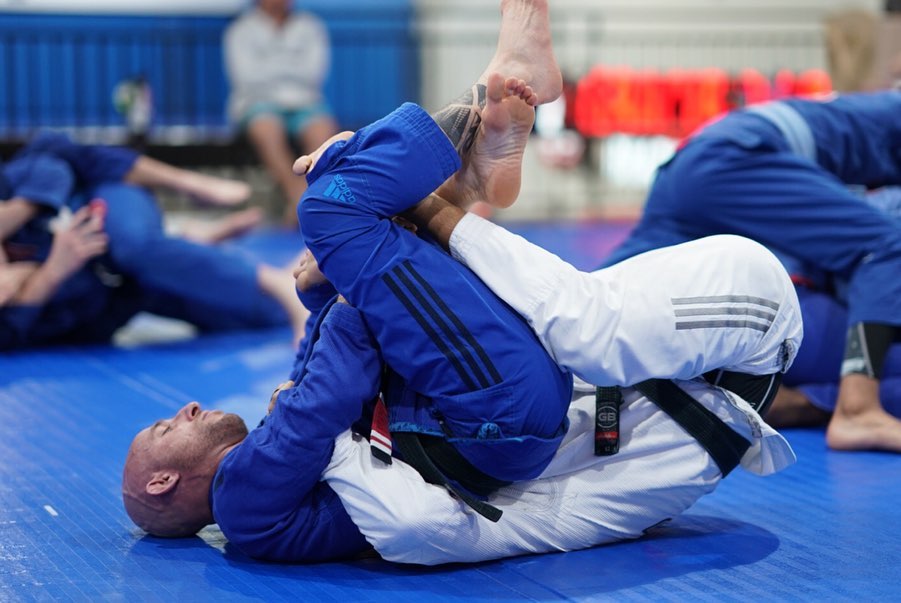GB Student question: “Do I need to learn berimbolo and inverted guard to be a black belt?”

A Gracie Barra student writes in asking about advanced techniques that some of the other colored belts are doing in class. The student is a +35 years old blue belt and previously trained at a different Jiu-Jitsu school. The jiu-jitsu school was heavily focused on competition and performed a lot of movements that required rolling across the shoulders, Granby rolls, and inverted guard
ㅤ
Have you checked out the GB Online Instagram account?
https://instagram.com/graciebarraonline @graciebarraonline
ㅤ
“When I try these inverted movements it really hurt my neck after. I was afraid that I was going to have to quit jiu-jitsu completely,” he explained. “Is it necessary to be able to do those techniques in order to get a black belt in jiu-jitsu?”
ㅤ
Good question!
ㅤ
The short answer is NO. There are plenty of highly skilled black belts who will admit that in fact, their Jiu-Jitsu game is very basic. By basic, we mean like BJJ legend Roger Gracie – takedown, pass to mount and choke or armbar. The so-called basic techniques executed with a high degree of precision and with all of those black belt details.
ㅤ
A black belt is NOT the practitioner who knows the greatest number of moves or someone who excels in using fancy moves. It is more about the timing, the ability to read your opponent and flow to the next position according to your opponent’s reactions. You will frequently find experienced young purple belts who know more about the latest fancy guard style or sweep being used in high-level competitions than the older black belts in your school. The art and sport of Jiu-Jitsu are continually evolving.
ㅤ
Now that is not to say that there is no place for inverting or berimbolo. These positions are part of the evolution of Jiu-Jitsu and if you want to compete in the blue or purple belt divisions at a local Jiu-Jitsu tournament, your opponents will certainly be attacking you with these positions. So you had better at least be familiar with them so you recognize and understand what is happening so you can shut it down.
ㅤ
If you are flexible and have no difficulty in the inverted positions, then, by all means, explore those positions and have fun with them.
ㅤ
But if your body type or attributes make these positions hard on your neck, then it is ok to find alternative positions that you can perform without placing undue stress on your spine.
ㅤ
I’m going to end my answer with one of my favorite quotes by Master Carlos Gracie Jr on this very subject. Master Carlos says “I don’t get this obsession with all of the acrobatic guards. They are efficient, sure. But they’re fleeting. Your body has difficulty understanding them for too long. I say this from my own experience. The lumbar region, for example, as strong as it may be, will never be armored against the passage of time. Jiu-Jitsu is for your whole lifetime, and by that line of reasoning, you can rest assured that the basic techniques like the closed guard or this open guard I enjoy doing, will never abandon us. At 70 we’ll still be capable of performing them with plenty of mobility. That can’t be said of the tornado guard or the berimbolo.”
ㅤ
See also on GB Blog: GB Values: Goals and Discipline with Master Carlos Gracie Jr.
ㅤ
Writer: Mark Mullen, Gracie Barra Black Belt
